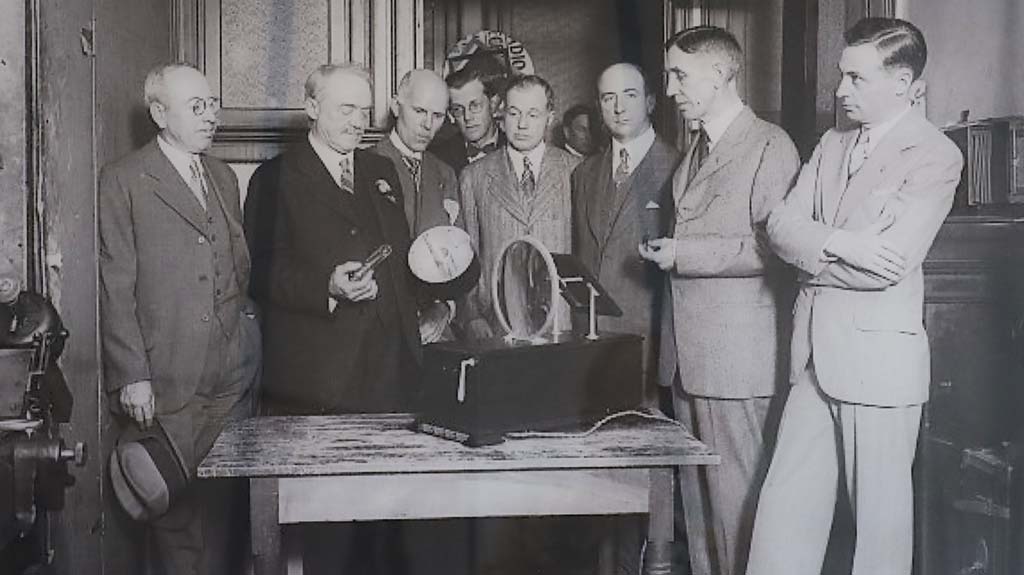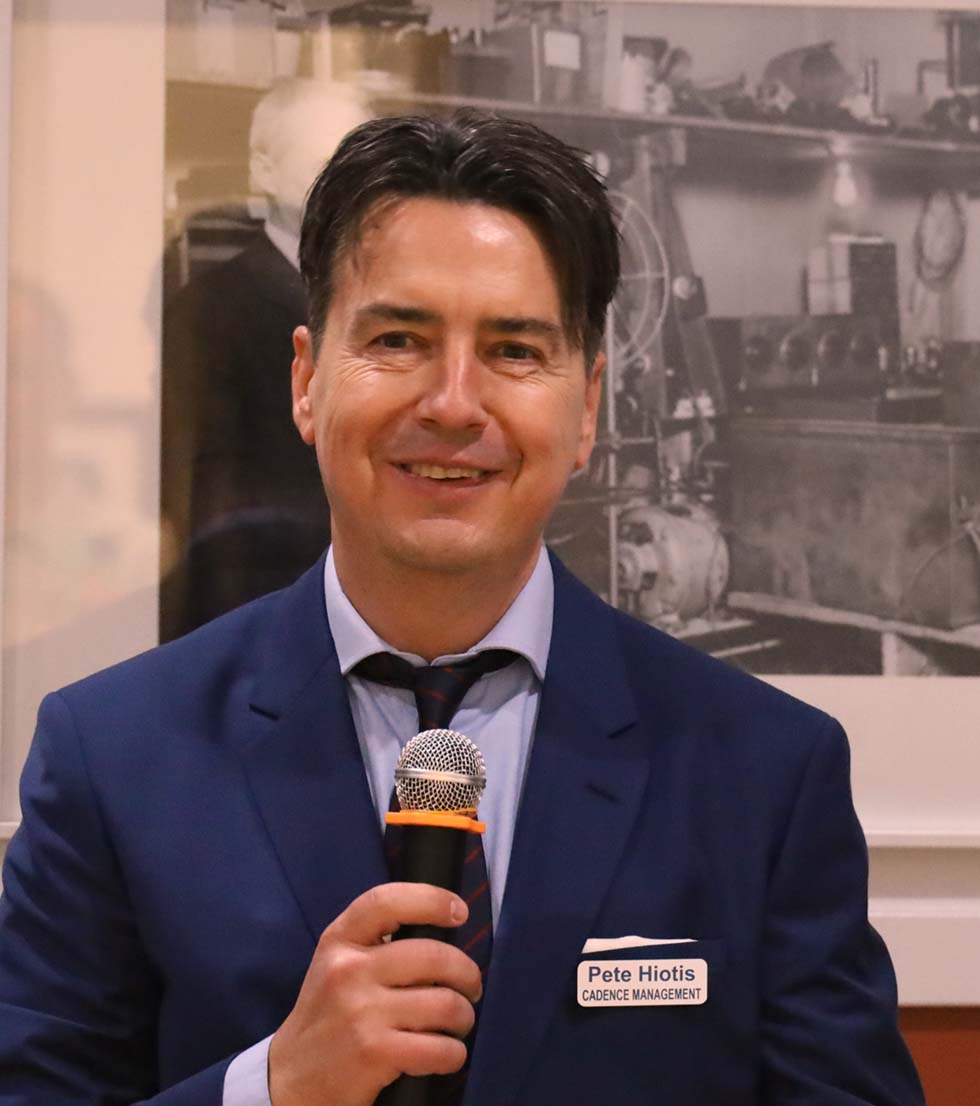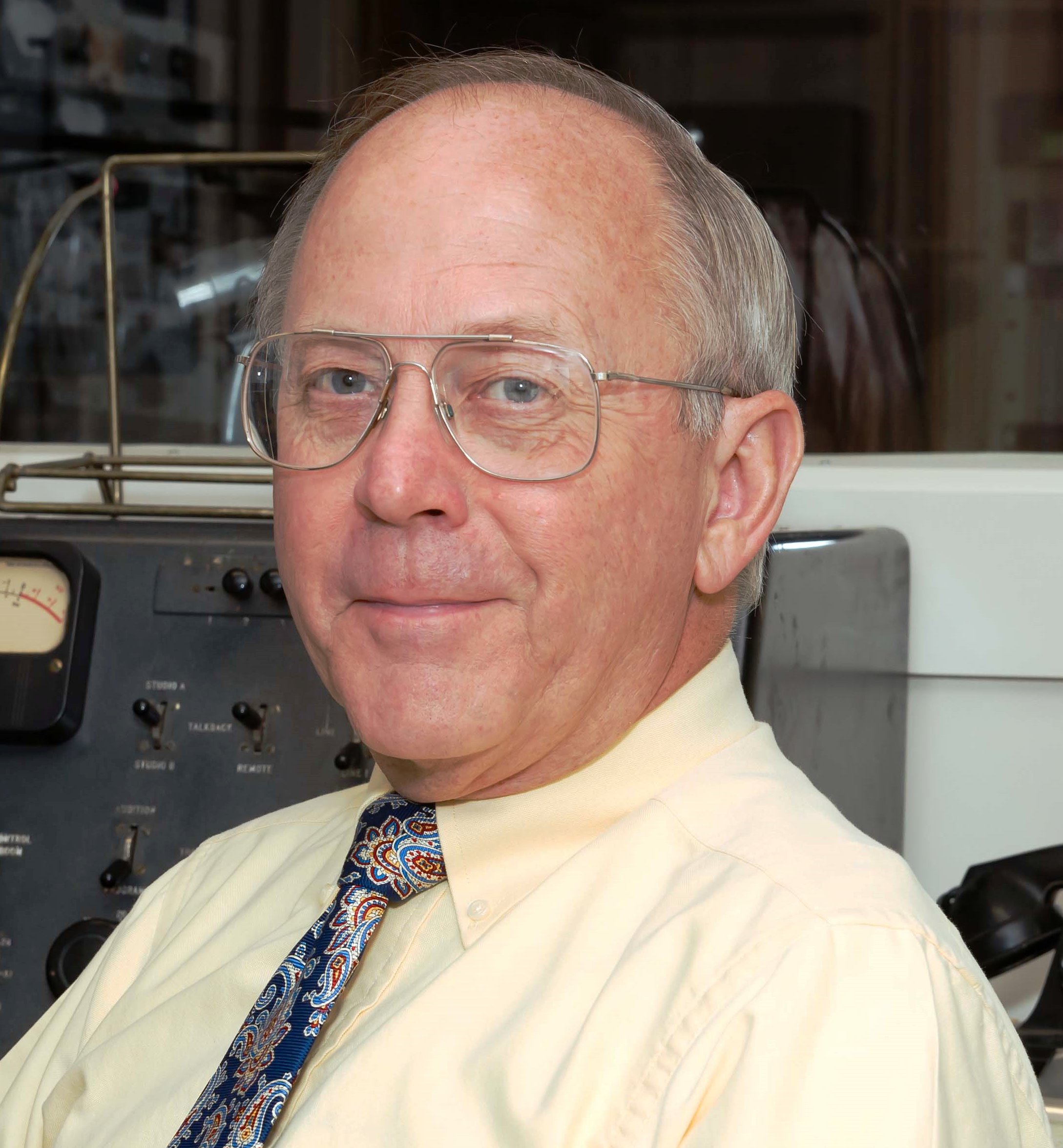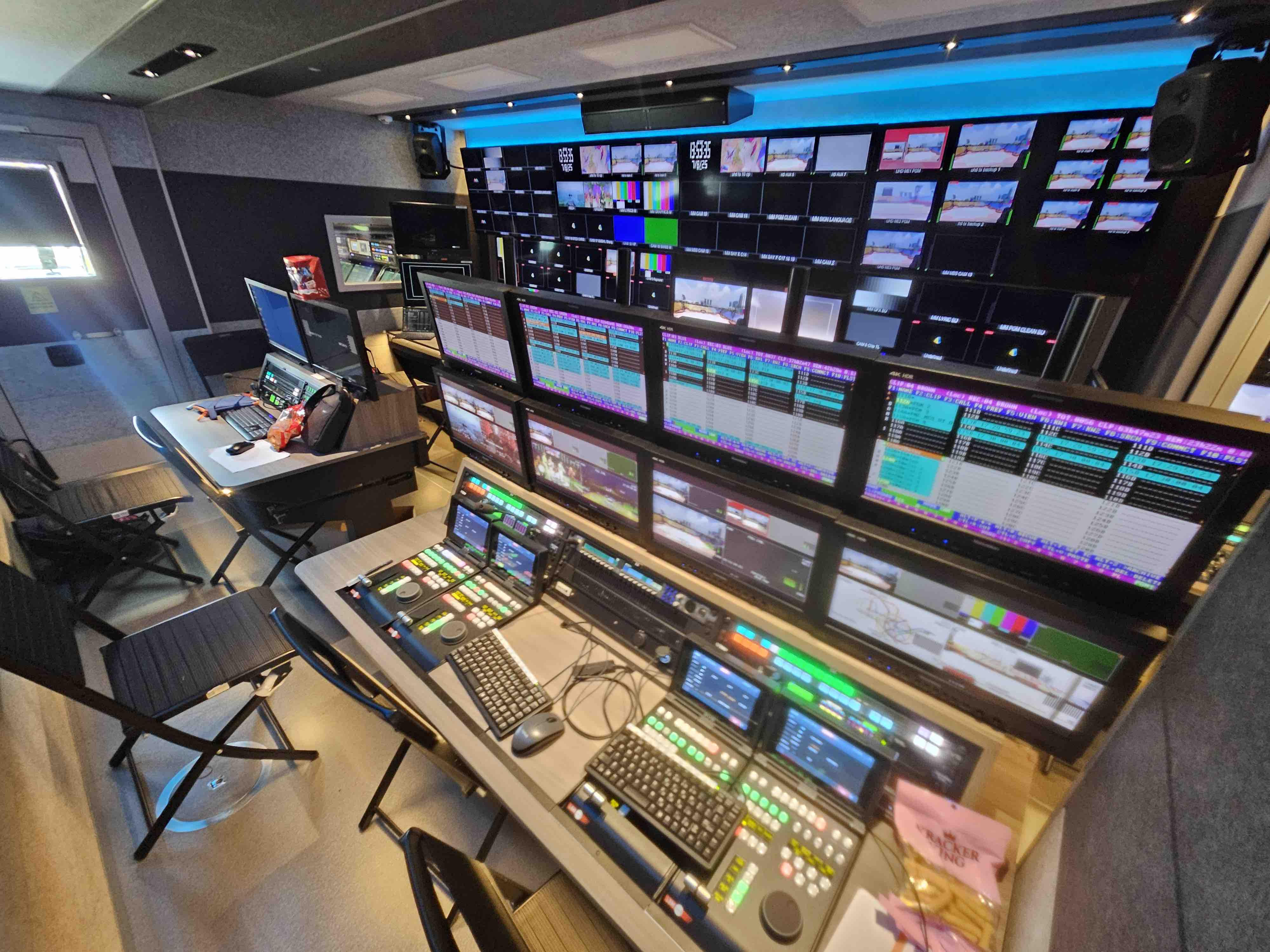Television and Film Pioneer C. Francis Jenkins Honored
Ceremony commemorates 100th anniversary of video transmission

WASHINGTON—One of Charles Francis Jenkins’ many accomplishments—the 1925 wireless transmission of moving images between the U.S. Navy’s research facility in Anacostia, Maryland, and Jenkins’s DuPont Circle area laboratory in the nation’s capital—was celebrated on the 100th anniversary of its occurrence in 1925.
The June 13 ceremony was arranged by Peter Hiotis, who is with Cadence Management, the current owner of the 1519 Connecticut Ave. building where Jenkins conducted his early television experimentation. (The former laboratory and office suite is adjacent to another Washington landmark, Kramer Books.)

Hiotis explained that his efforts were directed toward creating a greater public awareness of the 20th-century inventor who did much to both improve the motion picture industry during its formative years and to lay the foundation for the creation of television as we know it today.
“Everyone in the city, and half the people in the country, know Kramer Books,” Hiotis said. “What people don’t know is that the upstairs offices belonged to Charles Francis Jenkins and that this building is also the birthplace of television.”
Jenkins’s 1925 demonstration involved the transmission of an image of a toy windmill as it rotated.
As described by Hiotis, observers at the Connecticut Avenue receiving site witnessed “the image of a small Dutch windmill, [with] a small electric table fan causing the blades of the windmill to turn. They captured the image of that windmill at the Naval Research Laboratory in Anacostia, and transmitted it 7 miles to an antenna on this roof, and people saw television for the first time.”
The flickering images produced then by Jenkins were far different from the high-resolution, high-definition color video of today, as his early equipment was only capable of low-resolution and low-frame-rate imagery. Also, the apparatus was only capable of transmitting silhouettes, as a methodology for the rendering of a full grey scale had yet to be devised. However, Jenkins’s 1925 video efforts, crude as they were, did arouse attention in several circles, as he had invited members of the U.S. Navy, the U.S. Patent Office, the U.S. Bureau of Standards (now the National Institute of Standards and Technology), the acting Secretary of Commerce and others to observe the transmission.
The professional video industry's #1 source for news, trends and product and tech information. Sign up below.
Representatives from several of these organizations were present for the 100th anniversary celebration, as well as a number of others, including local SMPTE Section members and the 2023-24 SMPTE president, Renard Jenkins.

Hiotis said that the June 13 ceremony is a prelude to what he hopes will be a much larger commemoration of Charles Francis Jenkins and his accomplishments. He is arranging, in concert with the Society of Motion Picture and Television Engineers, to have a bronze plaque cast and mounted on the Connecticut Avenue building that honors Jenkins’ achievements and will draw attention to the significance of the 1925 demonstration he arranged.
Hiotis has also reached out to the Washington, D.C., mayor’s office with a proposal to name a new plaza across the street from Jenkins’ former office and laboratory as “Charles Jenkins Plaza,” and for bronze statues of Jenkins and his assistant, Florence Clark, to be created and installed there.
In addition to being a prolific inventor in the field of early motion picture and television technology, Jenkins founded the Society of Motion Picture Engineers (later becoming the Society of Motion Picture and Television Engineers) in 1916 to create standardization of motion picture cameras, projection equipment and film stocks to allow interchange of the motion pictures created by pioneer filmmakers. He is also credited with establishing the world’s first television broadcast station in the Washington suburb of Wheaton, Maryland, in 1928.
James E. O’Neal has more than 50 years of experience in the broadcast arena, serving for nearly 37 years as a television broadcast engineer and, following his retirement from that field in 2005, moving into journalism as technology editor for TV Technology for almost the next decade. He continues to provide content for this publication, as well as sister publication Radio World, and others. He authored the chapter on HF shortwave radio for the 11th Edition of the NAB Engineering Handbook, and serves as contributing editor of the IEEE’s Broadcast Technology publication, and as associate editor of the SMPTE Motion Imaging Journal. He is a SMPTE Life Fellow, and a member of the SBE and Life Senior Member of the IEEE.

